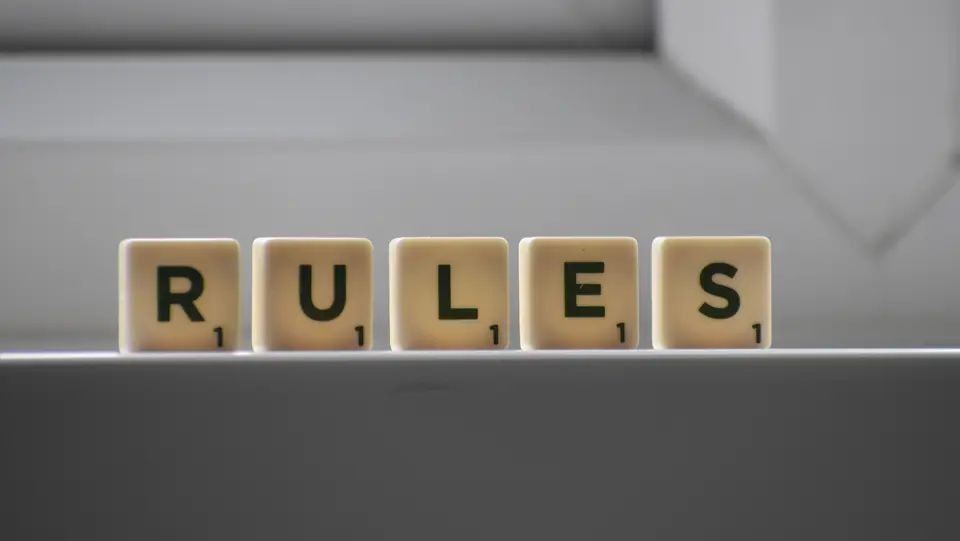Problems anticipated are problems half-solved
Tré Morgan believes the more informed his clients are, the better equipped they’ll be to make decisions in their own best interest. For years, Tré has written frequently about the issues he encounters, providing his own interpretations or explanations when appropriate. If it concerns divorce, chances are Tré has written about it here. Read through for topics that feel relevant, then follow up by contacting us.
Recent posts

COVID Vaccination and Custody
COVID has created issues for parents that we never imagined we'd have to face. The balance of being safe while not sacrificing too much of our children's lives is elusive and ephemeral. And, there are as many ways to strike that balance as there are children. These...

Issues With Non-Traditional Parenting Relationships
As society changes there are more "non-traditional" families, that is families are not husband, wife, and children all in the same home. Historically, non-traditional familes were not a choice, but more a result. But, more and more people are choosing to...

Are Equal Marriages Happier Marriages?
Every marriage is different because it involves two unique individuals. So, there is no one size fits all way to create an enduring and happy marriage. But, there may be general rules that we can all implement to help protect our marriages. ...

Turning Arguments into Problem Solving
As a Collaborative Divorce attorney my day-to-day job is trying to turn arguments into conversations focused on problem solving issues. In a legal profession steeped in the adversarial model of conflict negotiation that sometimes feels counterculture. But the fact is...

Why You Need to Discuss the Ground Rules of Your Divorce Negotiation (2 min read)
One conversation I find myself having a lot with potential clients lately is about the ground rules of their divorce negotiation. Specifically, I warn them that if they don't agree on these ground rules when they begin negotiating their divorce settlement, then...

Raiding your Retirement in Divorce
In my last post, I set out 10 basic facts about retirement accounts in divorce in North Carolina. One of those tips mentioned the taxes and penalties that are incurred upon an early withdrawal of retirement funds. This article from Kiplingers...

Your 401k and Divorce: 10 Facts
One item that people frequently worry about most when they find out they are getting divorced is their 401k. The prospect of sharing their retirement savings, whether in a 401k, IRA, pension, or other retirement accounts can cause a lot of anxiety. I have always found...
The Thoughtful Divorce
One of the core tenets of my practice is that people need to be very thoughtful and very intentional about how they are going to go through the divorce process. If they don't want a big nasty fight, then they need to take the steps necessary to avoid a big nasty...
Value for Your Attorney Fees: Avoiding Future Disputes
The cost of divorce is top of mind for almost every client that I serve. In my experience the amount of income and net worth have very little impact on how much someone worries about this issue. The reality is that many divorces involve complex emotional,...
